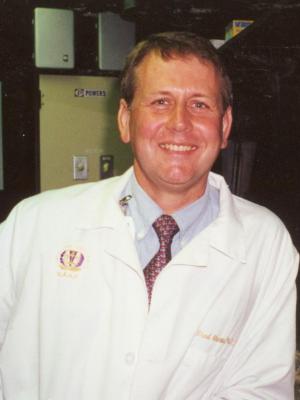We’re Stronger Together
With your help, we can advance education and improve student success in our community.


Clinical Professor, Physical Therapy
With your help, we can advance education and improve student success in our community.